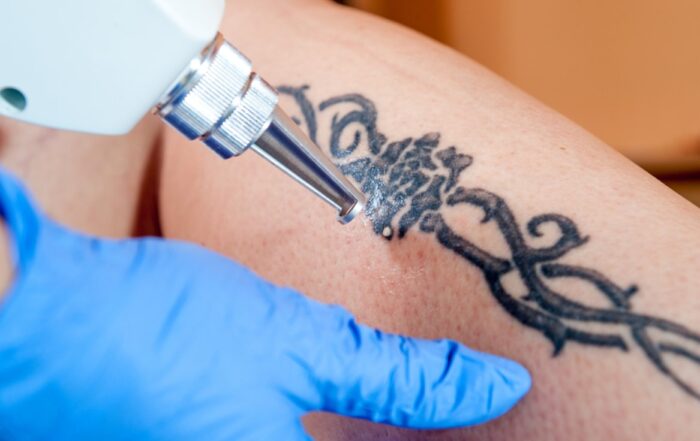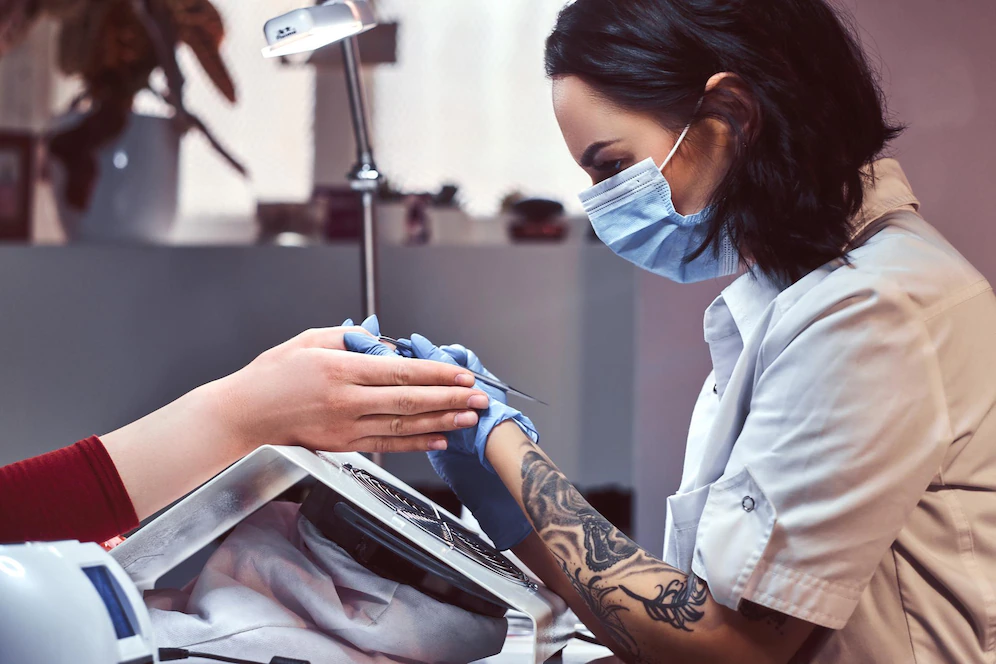
If you’re thinking about getting a tattoo, you’ve probably wondered about the pain involved in the removal process. Is it as painful as getting the tattoo? Is it worth it? In this blog post, we will explore the pain involved in tattoo removal. We will also give you some tips on how to make the process as painless as possible. Read on to learn more!
Tattoo Removal
No one ever said that removing a tattoo would be a pain-free experience. In fact, the vast majority of people who have tattoos removed report feeling some level of discomfort during the removal process. However, the level of pain experienced during removal can vary greatly from person to person.
Some people report feeling only minor discomfort during removal, while others describe the sensation as being similar to getting a tattoo in the first place. The pain is often described as a sharp, burning sensation. Many people say that it feels like someone is repeatedly stabbing them with a hot needle.
The intensity of the pain during removal will also depend on the size and location of the tattoo. Smaller tattoos tend to be less painful to remove than larger ones. Tattoos located on areas of the body that have thinner skin, such as the wrist or ankle, are also generally more painful to remove than those located on thicker skinned areas, such as the back or thigh.
It should be noted that pain is not the only unpleasant side effect of tattoo removal. The area around will also likely swell and bruise after each treatment session. In some cases, scarring may also occur.
What to Expect When Getting a Tattoo Removed?
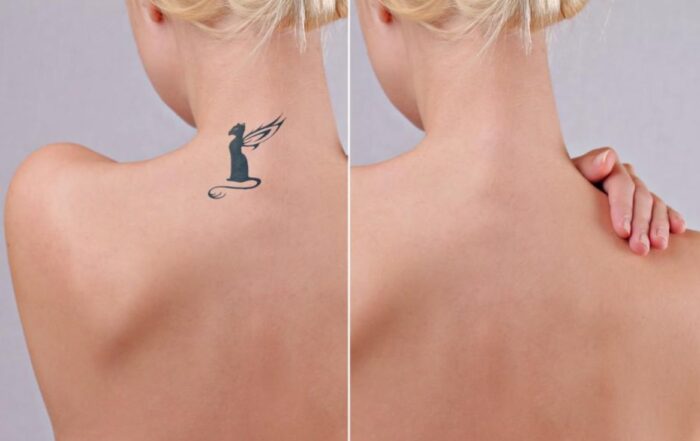
When you are ready to have your tattoo removed, the first thing you will need to do is consult with a dermatologist or other medical professional who specializes in tattoo removal. This consultation will help to determine whether this removal is right for you and, if so, what method will work best for your individual case.
During the consultation, the specialist will evaluate your tattoo and skin type to determine which method will be most effective. They will also consider the size, location, and age of your tattoo when making their recommendation.
Once you have decided on a method of tattoo removal, the next step is to schedule a treatment session. Depending on the method being used, a single session may be all that is needed to remove your tattoo. However, multiple sessions may be necessary to achieve complete removal.
Before each treatment session, the area to be treated will be cleansed and a topical anesthetic may be applied to help reduce any discomfort during the procedure. During the treatment itself, you can expect to feel some degree of discomfort as the laser or other device works to break up the ink particles in your skin.
After the treatment is complete, the area will be cleaned again and a bandage may be applied. It is important to protect treated areas from sunlight and other sources of ultraviolet light during the healing process to prevent pigment changes in the skin.
Tattoo removal can be a lengthy and uncomfortable process, but it is often worth it to achieve the desired results.
The Different Types of Tattoo Removal Methods
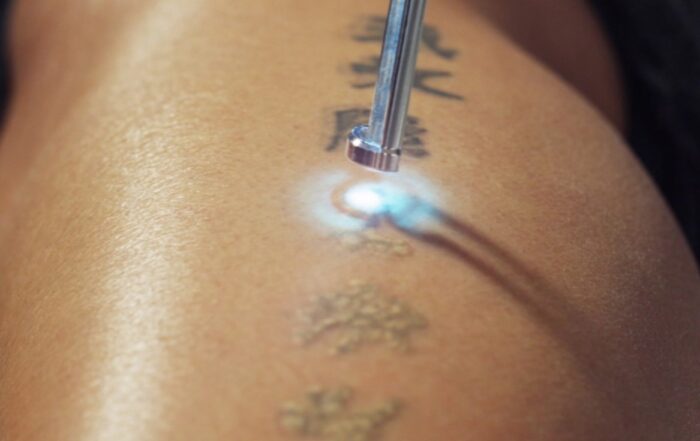
There are a few different types of tattoo removal methods:
1. Laser removal: A laser is used to break up the ink in your tattoo, and then the ink is absorbed by your body. This method is considered to be the most effective, but it can also be the most expensive. Medispa is a popular choice for laser tattoo removal in Australia.
2. Dermabrasion: This method uses a rotating wire brush or sanding tool to remove the top layers of skin where the tattoo resides. This can be painful and may cause scarring.
3. Chemical removal: A chemical solution is applied to the skin which breaks down the ink molecules, allowing them to be absorbed by the body. This method is less effective than laser removal, and can also cause scarring.
4. Tattoo excision: This involves surgically removing the tattooed area of skin. It is considered to be very effective, but can also lead to scarring.
How Painful is Tattoo Removal?
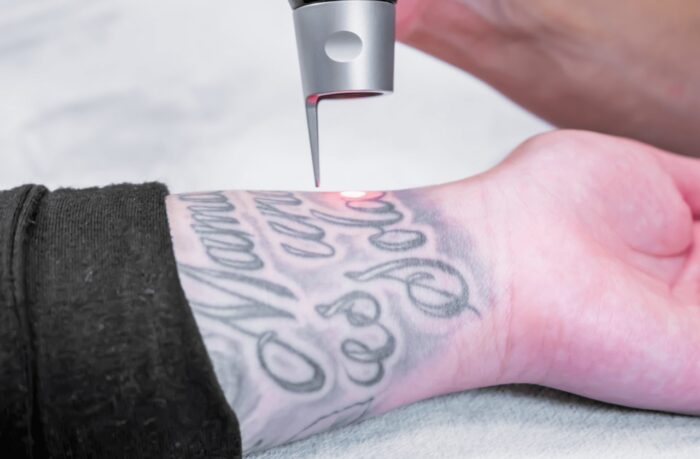
It can be a very painful experience. The pain is caused by the tattoo needle piercing the skin and causing damage to the nerves. The pain can vary from person to person, but it is typically described as a sharp, burning sensation. Some people compare the pain to that of getting a tattoo, while others say it is much worse. The pain usually lasts for a few minutes, but it can last longer if the tattoo is large or if the person has a low pain tolerance. There are various ways to help reduce the pain of tattoo removal, such as numbing creams and ice packs, but ultimately, the best way to deal with the pain is to have a high pain tolerance.
Aftercare for Tattoo Removal
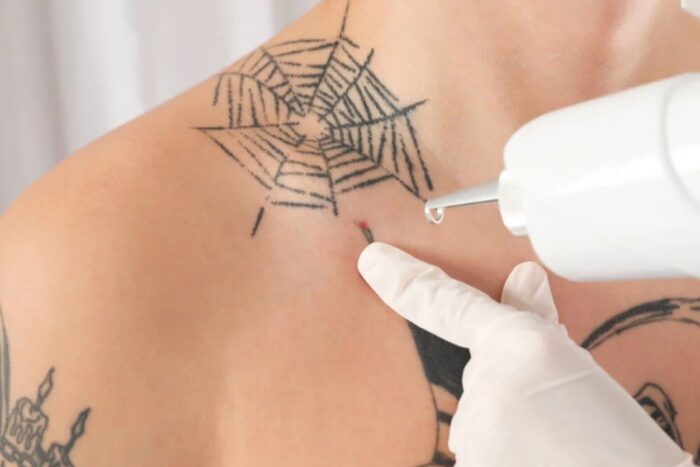
Aftercare is fairly simple and straightforward. However, it is important to follow the aftercare instructions provided by your tattoo removal specialist to ensure proper healing.
Here are some general aftercare tips:
- Keep the area clean and dry. Gently wash the area with soap and water and dry it with a clean towel. Do not scrub or pick at the area.
- Apply a thin layer of ointment to the area. Be sure to use an ointment that is specifically designed for tattoo removal, such as a gentle petroleum jelly or Aquaphor Healing Ointment. Apply the ointment sparingly, as too much can actually hinder healing.
- Protect the area from sun exposure. Wear loose, comfortable clothing that covers the treated area while it heals. If you must go outside, be sure to apply sunscreen with an SPF of 30 or higher to prevent fading of the tattoo.
- Avoid strenuous activity and hot tubs/swimming pools for at least two weeks following treatment. Exercise and other activities can irritate the treated area and delay healing.
Soaking in a hot tub or pool can also cause infection.
Conclusion
So, is it painful to remove a tattoo? The answer is yes, it can be. However, the level of pain will depend on how big and how old the tattoo is. If you’re considering removing a tattoo, be sure to speak with your dermatologist or another medical professional first to get their expert opinion.

